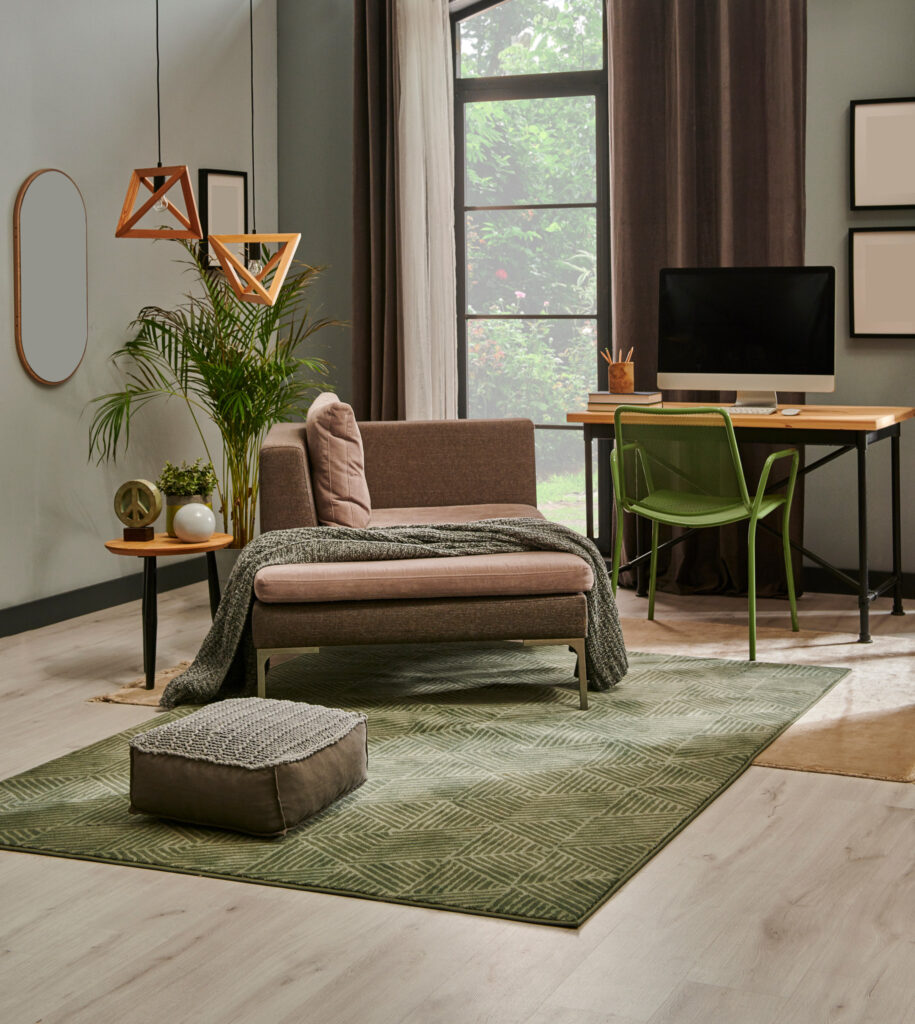In recent years, multi-generational living has become one of the fastest-growing trends in residential architecture and design. Whether driven by rising housing costs, cultural values, or the desire for family closeness, more households are now accommodating multiple generations under one roof. However, designing a home that comfortably accommodates grandparents, parents, and children requires more than just extra bedrooms—it necessitates thoughtful planning, accessibility, and flexibility.
Here’s how modern multi-generational home design blends functionality, privacy, and connection to create homes that truly work for everyone.
The Rise of Multi-Generational Living
According to the Pew Research Center, nearly one in five Americans now live in a multi-generational household. Economic factors, such as rising mortgage rates, student debt, and long-term care costs, have encouraged families to pool their resources. But beyond finances, families are also rediscovering the social and emotional benefits of living together—shared meals, built-in childcare, and stronger intergenerational bonds.
Home design has evolved to meet this demand. Architects and builders now prioritize layouts that accommodate multiple living styles and physical needs while maintaining a sense of independence for each generation.
Core Principles of Multi-Generational Home Design
Designing for multiple generations means balancing shared spaces with private retreats. Here are the essential design principles guiding modern multi-generational homes:
1. Privacy and Independence
Every generation values its own space. Incorporating semi-private suites—such as in-law apartments, basement studios, or attached ADUs (Accessory Dwelling Units)—allows family members to maintain independence while staying connected.
Features like separate entrances, small kitchenettes, and private bathrooms help grandparents or adult children feel self-sufficient. It’s about giving everyone a sense of autonomy within the same home.
2. Accessibility and Universal Design
Homes that anticipate mobility challenges or age-related limitations are more sustainable in the long run. Universal design principles—such as wider doorways, step-free entries, lever handles, and main-floor bedrooms—ensure accessibility for older adults or family members with disabilities.
Elevators, ramps, or stairlifts may also be integrated for multistory homes. These features aren’t just for seniors; they future-proof the home for generations to come.
3. Flexible and Adaptable Spaces
Life changes—kids grow up, parents age, and household needs evolve. Multi-generational homes benefit from flexible layouts that can adapt over time.
A den might serve as a nursery today and an office or small suite tomorrow. Movable partitions, convertible furniture, or multi-purpose rooms make it easier to reconfigure spaces as family dynamics shift.
4. Shared Gathering Areas
Connection is the heart of multi-generational living. Open-concept kitchens, family rooms, and outdoor patios create opportunities for togetherness.
Large islands and dining spaces encourage family meals, while covered porches or backyard patios allow for shared relaxation and conversation. However, thoughtful zoning—such as sound barriers or separate wings—helps keep noise and activity manageable.
5. Dual Functionality in Key Areas
To avoid bottlenecks and conflicts, dual-purpose features are crucial. Two laundry areas, split kitchens, or multiple living rooms can dramatically improve daily comfort.
For example, a small kitchenette near the grandparents’ suite or a secondary laundry room upstairs helps different generations maintain routines independently while easing the strain on shared areas.
Layout Ideas for Multi-Generational Homes
There’s no one-size-fits-all approach, but several proven floor plan strategies have emerged:
1. The “Home-Within-a-Home” Model
This design features an attached but self-contained suite—complete with its own entrance, living area, kitchenette, and bathroom. It’s ideal for aging parents or adult children who want privacy without total separation.
Many builders, including Lennar and Toll Brothers, now offer “Next Gen” or “Multi-Gen” models based on this idea.
2. Dual Master Suites
Placing two master suites on opposite sides of the house gives both older and younger generations equal comfort and privacy. Each can enjoy their own bathroom, sitting area, and direct access to outdoor space.
3. Split-Level or Multi-Wing Homes
Homes with distinct wings or levels can naturally separate generations. For example, parents and young children might occupy the upper floors while grandparents live on the main level near the kitchen and garden.
4. Finished Basement or ADU (Accessory Dwelling Unit)
Transforming a basement into a small apartment or adding an ADU in the backyard creates independent living quarters without losing proximity. These setups are particularly useful in urban or high-cost areas.
Key Design Features to Consider
Soundproofing and Insulation
With more people under one roof, noise control is essential. Insulated walls, soundproof doors, and carpeting in hallways can reduce noise transfer between living areas.
Smart Home Integration
Technology bridges generational gaps. Smart lighting, thermostats, and home security systems can help maintain the value of a modern home.
Learn More About Our Real Estate Services and How We Can Help You Buy or Sell Your Home
Let me know if you need links for specific sections or pages on the website!
Thank you for reading! If you enjoyed this article and want to explore more content on similar topics, check out our other blogs at Sonic Loans, Sonic Realty, and Sonic Title. We have a wealth of information designed to help you navigate the world of real estate and finance. Happy reading!



